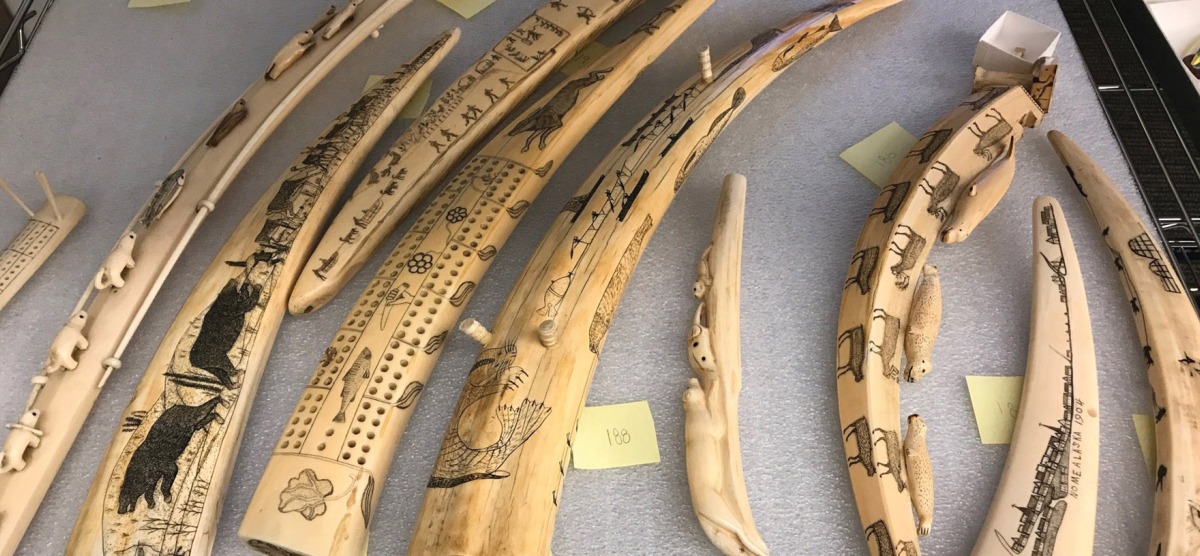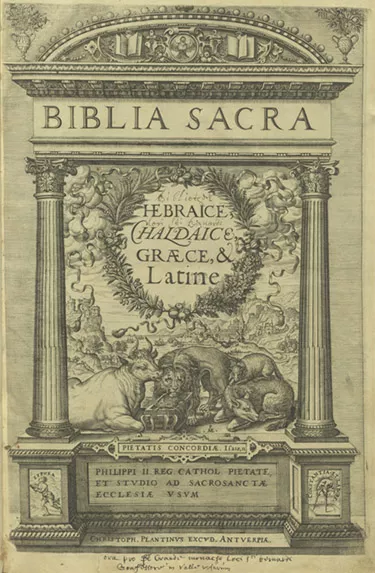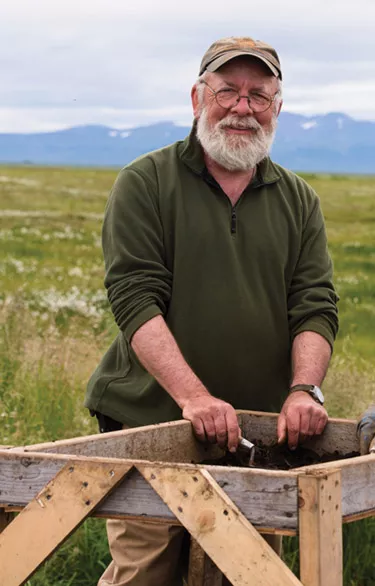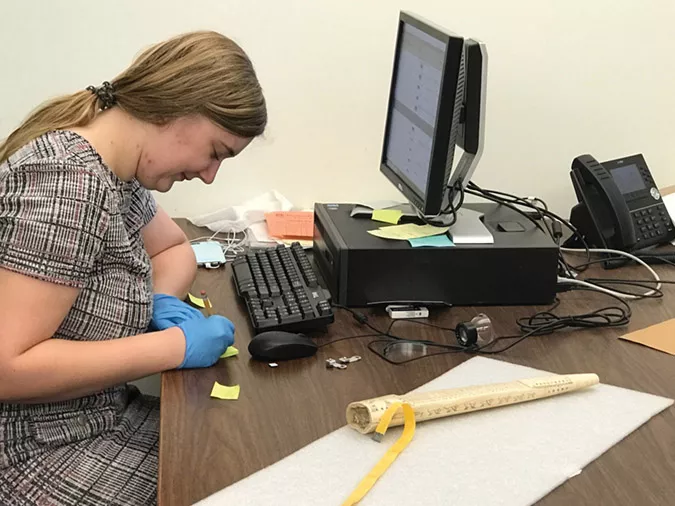
International Perspectives
Scholars come from around the world to use Bryn Mawr’s stellar collections.
While most of them come for their own research, we are increasingly bringing scholars to campus to share their expertise with students, faculty, and the Collections staff. They engage deeply with the Collections while also contributing to the life of the campus.
The Full Course
Two of the scholars Bryn Mawr has hosted in recent years— Aranzazu Hopkins-Barriga and Kwame Labi—settled in for a semester’s worth of teaching and scholarship. Both came to campus through the Museum Studies Fellowship, funded through an Andrew W. Mellon Foundation grant promoting the value of the humanities.
Hopkins-Barriga, director of the Archaeological Museum of Huallamarca in Lima, Peru, spent the fall 2019 semester at Bryn Mawr teaching a history of art course on Peruvian textiles, a course that made extensive use of the College’s important collections in this field.
Hopkins-Barriga’s course introduced students to museum methods for the conservation and care of the textiles and presented the theoretical foundations and formal methodology for understanding their conservation. Students were also challenged to consider Peruvian textiles as historical documents that can help us understand the construction of iconography in ancient cultures. Hopkins-Barriga worked closely with Collections Manager Marianne Weldon to make Bryn Mawr’s collections a critical part of the course and to offer students opportunities to do close research and analysis of individual objects.
Labi, senior research fellow at the University of Ghana, Legon, spent the fall 2017 semester on campus teaching Perspectives in/on African Art. After engaging students in an examination of what defines the art of Africa, Labi led them in an exploration of its philosophical underpinnings and aesthetics as well as a historical investigation of selected art traditions on the continent.
In collaboration with the Special Collections staff, Labi incorporated Collections materials into the course and charged students with conducting in-depth research on objects from the Collections for their final projects.
Labi’s semester-long residency provided enormous insights into the College’s African holdings, insights we can call upon in future teaching, research, and exhibitions.
Both Hopkins-Barriga and Labi went beyond the classroom during their time on campus to share their knowledge with the larger community, both formally through public talks and through many conversations with students, faculty, and Collections staff.
A Little Taste
The title page of one of Bryn Mawr's Polyglot Bibles.
Some visiting scholars have come, or will come, to campus for short periods of time.
Last fall, Theodor Dunkelgrün, research associate at Cambridge University, worked with students using 15th- and 16th-century books in the course Forming the Classics: From Papyrus to Print. This course traced the constitution of Classics as a discipline in both its intellectual and material aspects and examined how these works were read, interpreted, and preserved from the late Roman empire to the early modern period.
Brought to campus by the Friends of the Bryn Mawr College Libraries and the Department of Greek, Latin, and Classical Studies, Dunkelgrün also gave a public talk on Bryn Mawr’s early modern polyglot Bibles, particularly the Christopher Plantin multivolume Bible printed between 1568 and 1572.
This spring we will host Richard Knecht, Ph.D. ’95, of the University of Aberdeen.
Richard Knecht, Ph.D. ’95, at the Nunalleq archaeological site in southwestern Alaska.
An expert on Inuit culture, Knecht will consult on Bryn Mawr’s new collection of Inuit ivories, donated by Margaret Liu ’54. Built over many years, the collection of approximately 200 pieces comes primarily from southwestern Alaska, with some additional examples from Canada and possibly coastal Siberia. In Knecht’s assessment, the collection contains many significant pieces that will be worthwhile objects of study for Bryn Mawr anthropology students.
While on campus, Knecht will meet with anthropology classes and give a public lecture to the campus at large.
Published on: 02/10/2020


